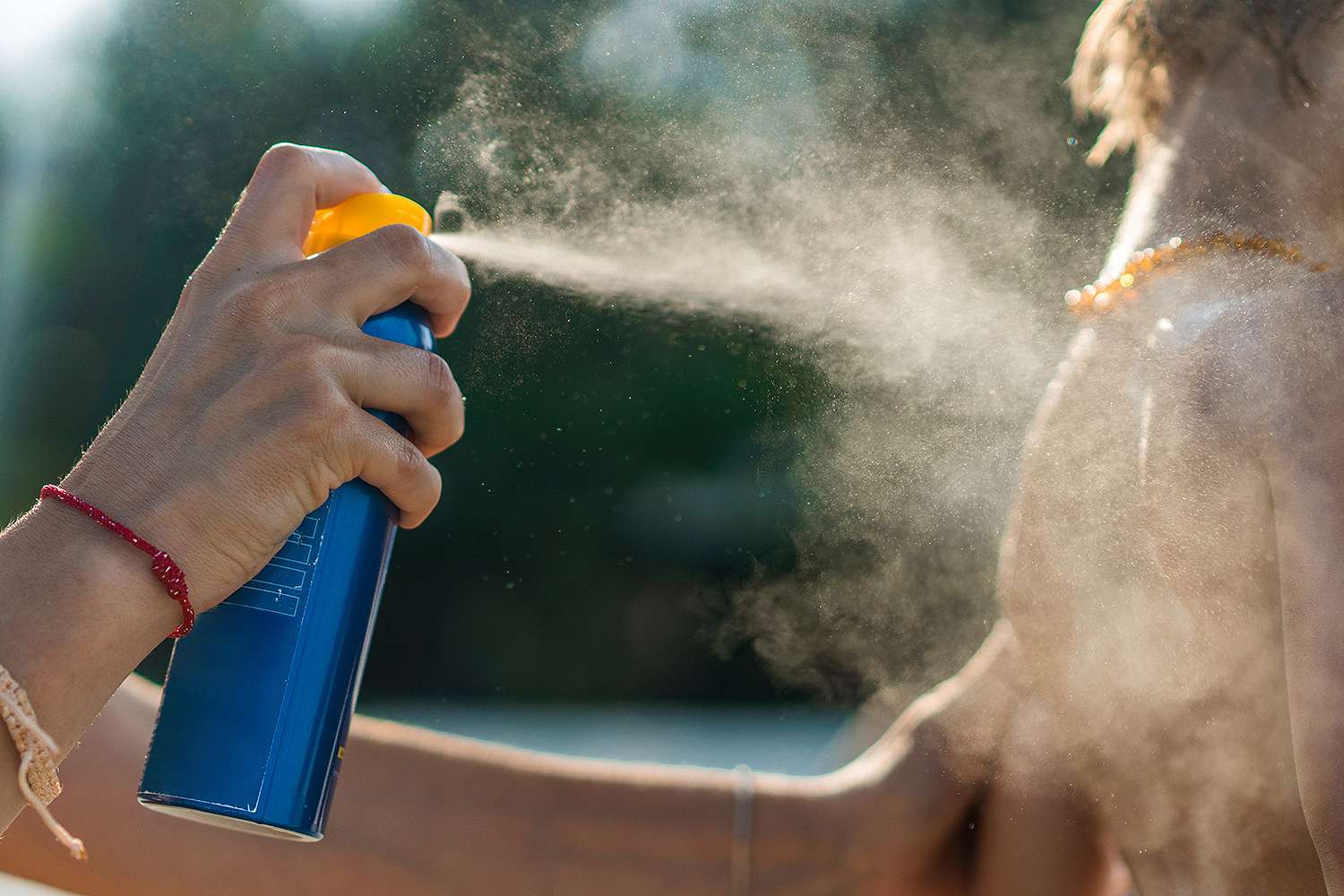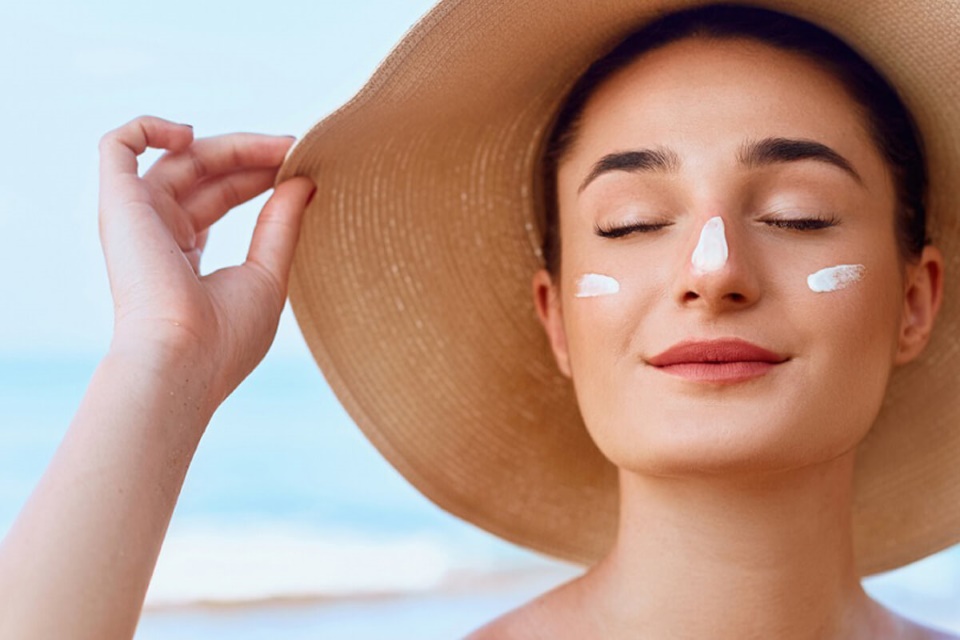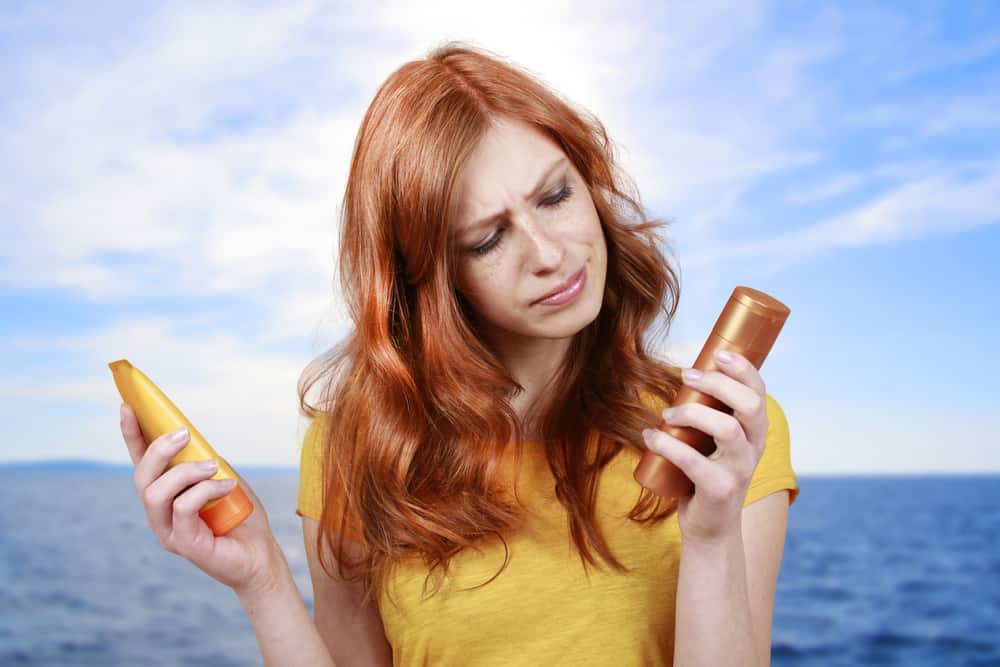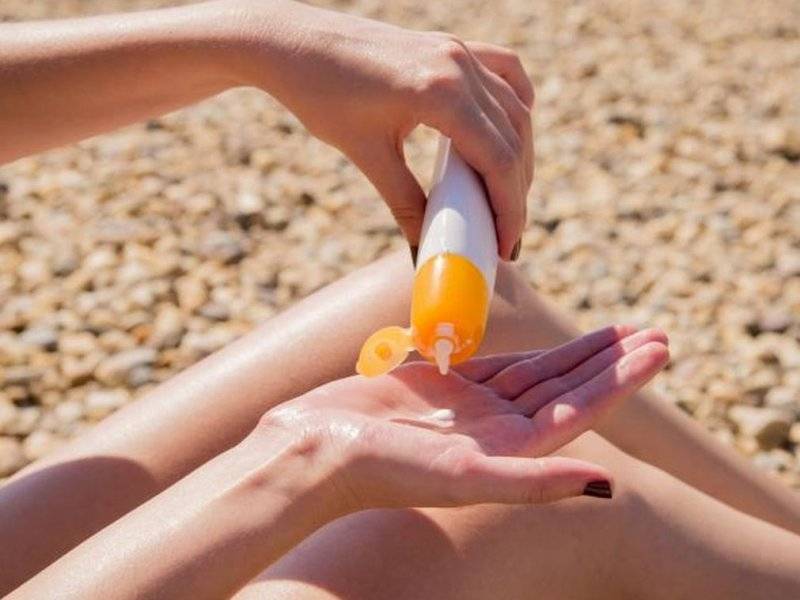With summer well underway, one of the most important tools you can have in your skincare arsenal is sunscreen. You may be ready to head to the beach and soak up the sun, but planning to take care of your skin in the light of UV rays is essential to your skin’s health. Left unprotected, long term exposure to the sun can leave your skin at risk of the dangers of harmful radiation. While you may have gone out to purchase a hand dandy tube of sunscreen, there is actually more to understanding how to properly use this vital skincare product than most people realize. If you want to treat your skin as gloriously as it deserves this summer, check out these facts about sunscreen that most people don’t know.
Sunscreen can no longer be advertised as waterproof
In the past, sunscreen manufacturers could advertise that their products were waterproof. That is no longer allowable and must now be advertised as the following: water resistant, which is effective for about 40 minutes in water; and very water resistant, which is effective for around 80 minutes in water. This means that after being in water or sweating, the AAD suggests reapplying sunscreen every two hours.

Look for sunscreen with at least 30 SPF
SPF is a sunscreen product’s sun protection factor, and tells you how much the sunscreen can protect against UV radiation. You can block 97 percent of the sun’s UV rays with a sunscreen of at least 30 SPF.
Spray on sunscreens are not as effective
A spray on sunscreen may be convenient and less work, but they are not as effective as products you have to rub into your skin. This is partly because FDA regulations do not apply to spray on products, and thus do not require the same standards and testing as rub on sunscreens. So if you happen to be using a spray on sunscreen, be sure to use an ample amount and to rub it thoroughly into your skin.

Infants under six months should not wear sunscreen
For the most part, infants should not wear sunscreen as their skin is much more sensitive than adults. The best way to protect children under six months from the sun is to clothe them in protective gear such as long sleeved shirts and wide brimmed hats. Also, making sure they are hydrated is essential.

You need as much sunscreen as a shot glass full
To really protect your skin, you should use the shot glass size rule. This means that for one full application, you should be using about the same amount of sunscreen that would fit inside a full shot glass. This is a good way to remember just how much sunscreen to use, and that you need to use this amount for every single application.

Sunscreen does actually expire
Still using that old tube of sunscreen from last decade? You may want to check the expiration date and toss it. Despite popular belief, sunscreen does actually expire – and using an expired product is not a good idea. Most sunscreens will retain their original potency for up to three years. Most products will change in smell and consistency when they have started to expire.

There are two types of sunscreen
Chemical and physical are the two types of sunscreen, which have different ingredients and uses. Chemical sunscreen contains ingredients like avobenzone, oxybenzone, and octinoxate. This type works like a sponge and absorbs the sun’s rays, and it is easier to apply. Physical sunscreen contains ingredients like zinc oxide and titanium dioxide – it is a true shield, reflecting UV rays and is great for more sensitive skin.

Broad Spectrum is the best option
There are two different types of UV rays, Ultraviolet A Rays (UVA) and Ultraviolet B Rays (UVB). UVA causes premature aging and is most common, but UVB is the more dangerous type and typically causes sunburns. Either type of UV rays can cause skin cancer, but broad spectrum protects against both.

